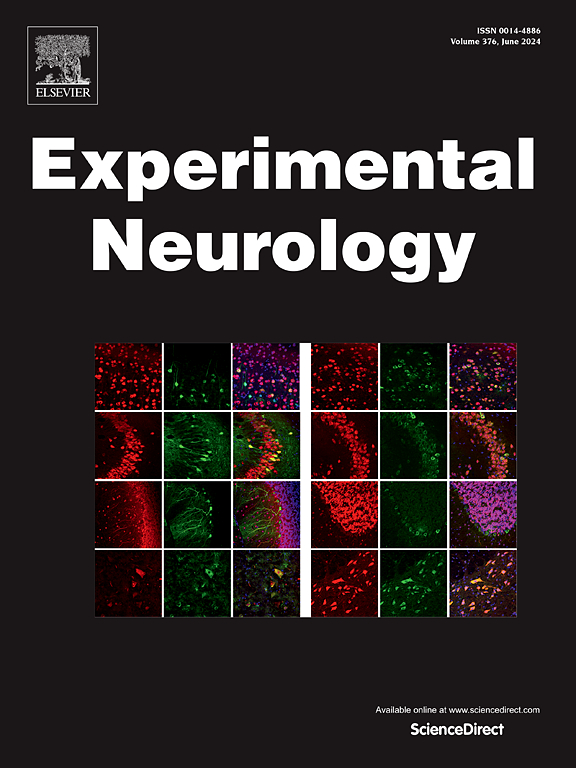Partial microglial depletion through inhibition of colony-stimulating factor 1 receptor improves synaptic plasticity and cognitive performance in aged mice
IF 4.6
2区 医学
Q1 NEUROSCIENCES
引用次数: 0
Abstract
Microglia depletion, followed by repopulation, improves cognitive functions in the aged mouse brain. However, even temporal ablation of microglia puts the brain at a high risk of infection. Hence, in the present work, we studied if the partial reduction of microglia with PLX3397 (pexidartinib), an inhibitor of the colony-stimulating factor 1 receptor (CSF1R), could bring similar benefits as reported for microglia ablation. Aged (two-years-old) mice were treated with PLX3397 for a total of 6 weeks, which reduced microglia numbers in the hippocampus and retrosplenial cortex (RSC) to the levels seen in young mice and resulted in layer-specific ablation in the expression of microglial complement protein C1q mediating synaptic remodeling. This treatment boosted long-term potentiation in the CA1 region and improved performance in the hippocampus-dependent novel object location recognition task. Although PLX3397 treatment did not alter the number or total intensity of Wisteria floribunda agglutinin-positive perineuronal nets (PNNs) in the CA1 region of the hippocampus, it changed the fine structure of PNNs. It also elevated the expression of perisynaptic proteoglycan brevican, presynaptic vGluT1 at excitatory synapses, and vGAT in inhibitory ones in the CA1 stratum radiatum. Thus, targeting the CSF1R may provide a safe and efficient strategy to boost synaptic and cognitive functions in the aged brain.

求助全文
约1分钟内获得全文
求助全文
来源期刊

Experimental Neurology
医学-神经科学
CiteScore
10.10
自引率
3.80%
发文量
258
审稿时长
42 days
期刊介绍:
Experimental Neurology, a Journal of Neuroscience Research, publishes original research in neuroscience with a particular emphasis on novel findings in neural development, regeneration, plasticity and transplantation. The journal has focused on research concerning basic mechanisms underlying neurological disorders.
 求助内容:
求助内容: 应助结果提醒方式:
应助结果提醒方式:


